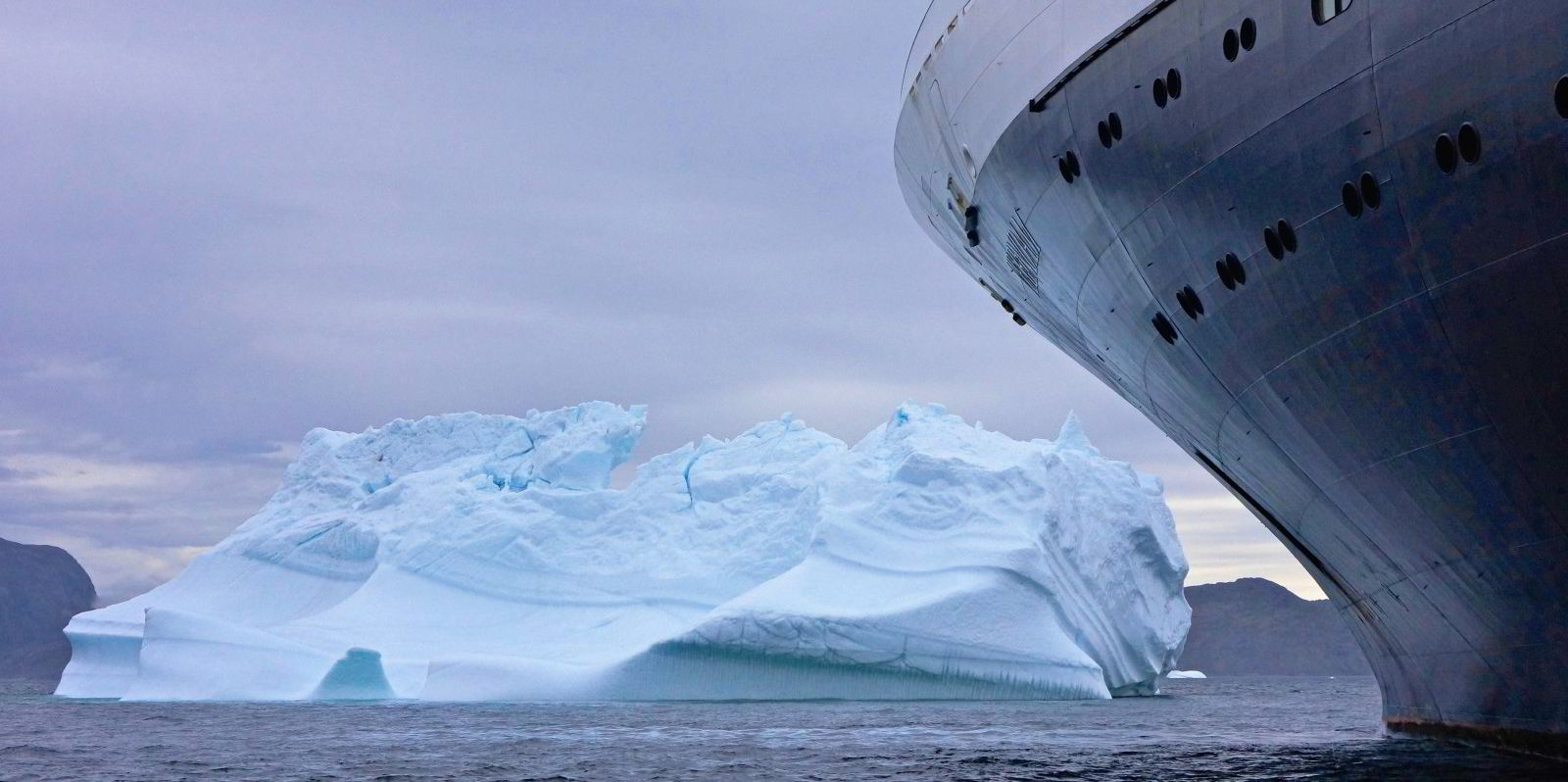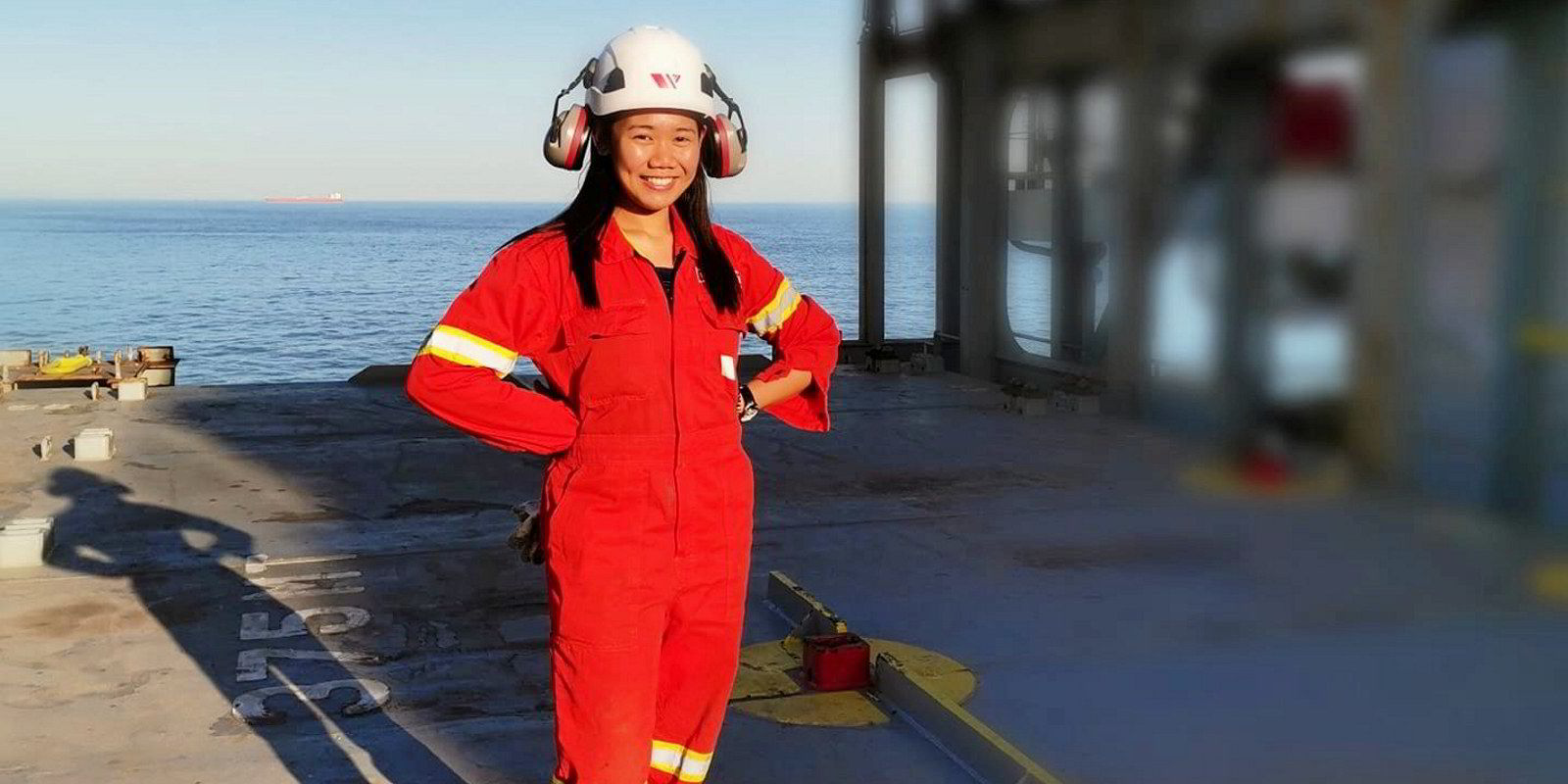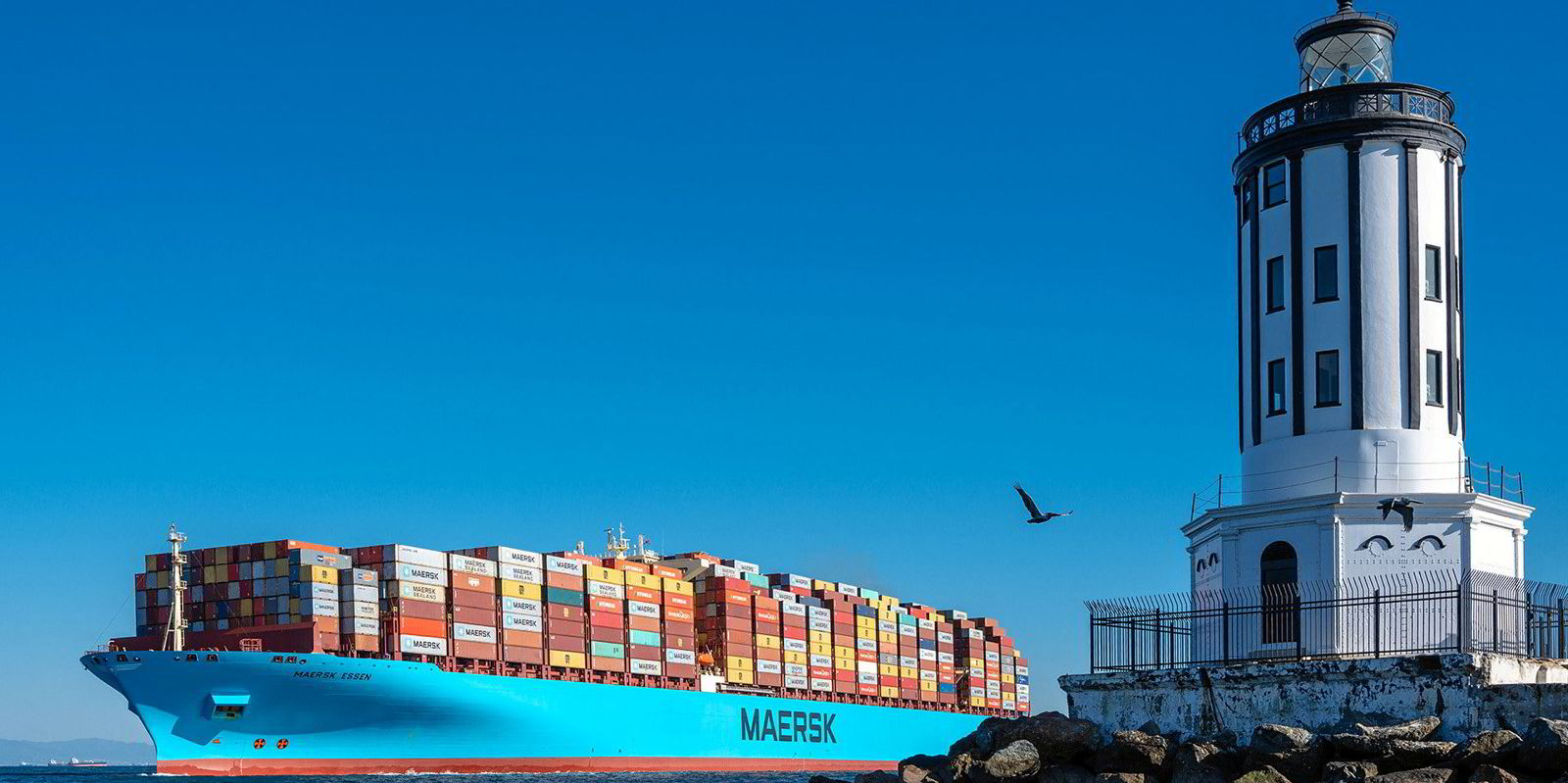Maritime representatives at the COP27 climate talks in Egypt emerged upbeat that shipping’s decarbonisation targets can be brought in line with wider global efforts that are starting to see the opportunities from bringing it into the process.
But they stressed it will be hugely costly if more stringent aims and means to achieve them in the period up to 2030 are not agreed at the upcoming International Maritime Organization’s meetings to reconsider decarbonisation aims.
Widespread dismay was voiced by environmental activists that COP27 made no progress on phasing out fossil fuels or strengthening pledges to keep global warming to no more than 1.5C, despite a deal on a fund for “loss and damage” to provide financial help to poorer nations hit by climate disasters.
But the overriding impression, according to Katharine Palmer, shipping lead for the United Nations High-Level Climate Champions, was that shipping’s climate actions had been highlighted beyond expectations.
“We are at a critical point in the GHG negotiations at the IMO, which is set to adopt a revised GHG strategy in July next year and agree on details of policy measures to price emissions and develop a GHG fuel standard,” she said in a briefing paper.
The message had got across that the world needed shipping to buy into decarbonisation for it to keep to 1.5C and the feeling was growing that the IMO’s ambitions can be aligned with the United Nations Framework Convention on Climate Change (UNFCCC), she added in a webinar arranged by Lloyd’s Register.
“My big takeaway from COP is we are really going to need to pull our weight as a sector when it comes to reducing greenhouse gas emissions,” said Michael Wiseman, head of international maritime emissions policy at the UK Department for Transport, in the webinar.
Marshall Islands ambassador to the Republic of Korea, Albon Ishoda, added: “The most overwhelming thing that came out of COP27 for me was the political will to keep the 1.5 target alive.”
But stressing that he did not feel it was right to be too pessimistic about the prospects of the IMO agreeing stronger measures, Tristan Smith, associate professor in energy and transport at University College London, said the flipside was the development of a fork in the road moment.
“We can either go forwards with very unambiguously IMO-led ambition and policy or this is a transition increasingly led by individual countries or companies taking action because they have no other choice if we don’t get a strong enough outcome at the IMO,” Smith said.
Ishoda said the IMO must come into line with the UNFCCC. A resolution to the Marine Environment Protection Committee will seek to require targets and measures to achieve a complete emissions reduction by 2050 with 80% by 2040, calculated on a well-to-wake basis.

Wiseman said certainty on policy is needed sooner rather than later for industry to invest in decarbonising measures, citing analysis soon to be released that suggests the costs could rise by $100bn a year for each year shipping procrastinates beyond 2030.
Smith said the current weak IMO targets for 2030 were one reason why its policy of Carbon Intensity Indicator regulations had fallen short.
“It is why the revision of the IMO strategy is a key moment,” he said.
“Unless you have a 1.5-aligned set of numbers in the revision, particularly in the level of the ambition, then the IMO may well adopt carbon pricing, but it will adopt it without the stringency you need to justify your business case for investment,” Smith said.
The only way to prevent costly and disruptive disruption, like the flooding in Pakistan, is to set policies that start to cut emissions before 2030 and lock in longer-term investments required to make rapidly significant reductions in the 2030s and 2040s, he added.
“The less we do by 2030, the more we have to do by 2040,” he said.
Charles Haskell, decarbonisation programme manager at Lloyd’s Register, said announcements at COP27 including more plans for green corridors — there are now 20 in the pipeline — give a chance to build on momentum.
“Green corridors are not going to happen overnight, but a lot of the learnings will come quite quickly,” he said. “We will know what success and failure looks like and can move in the right direction.”
Haskell said more investment in retrofitting emission-cutting equipment to existing ships needs to be seen, and Smith warned it will be more expensive for those that wait for regulatory direction.
Watch the full webinar here: https://maritime.lr.org/COP27webinar
A joint statement at COP27 committed suppliers and users to adopting hydrogen-based fuels at scale this decade was signed by 10 big groups across the shipping supply chain, including AP Moller-Maersk and Man Energy Solutions.
Signee Fortescue Future Industries aims to build projects capable of producing 15m mega tonnes of green hydrogen by 2030 and cut its Scope 3 emissions by 30% by the same date, said scientist Charlotte Kirk, a green ammonia expert for the iron ore major.
But Kirk said the company needs others to collaborate.
“We like everyone else strongly believe the current IMO greenhouse strategy is not stringent enough”, but it has a unique opportunity to match industry’s ambitions, she said.(Copyright)






